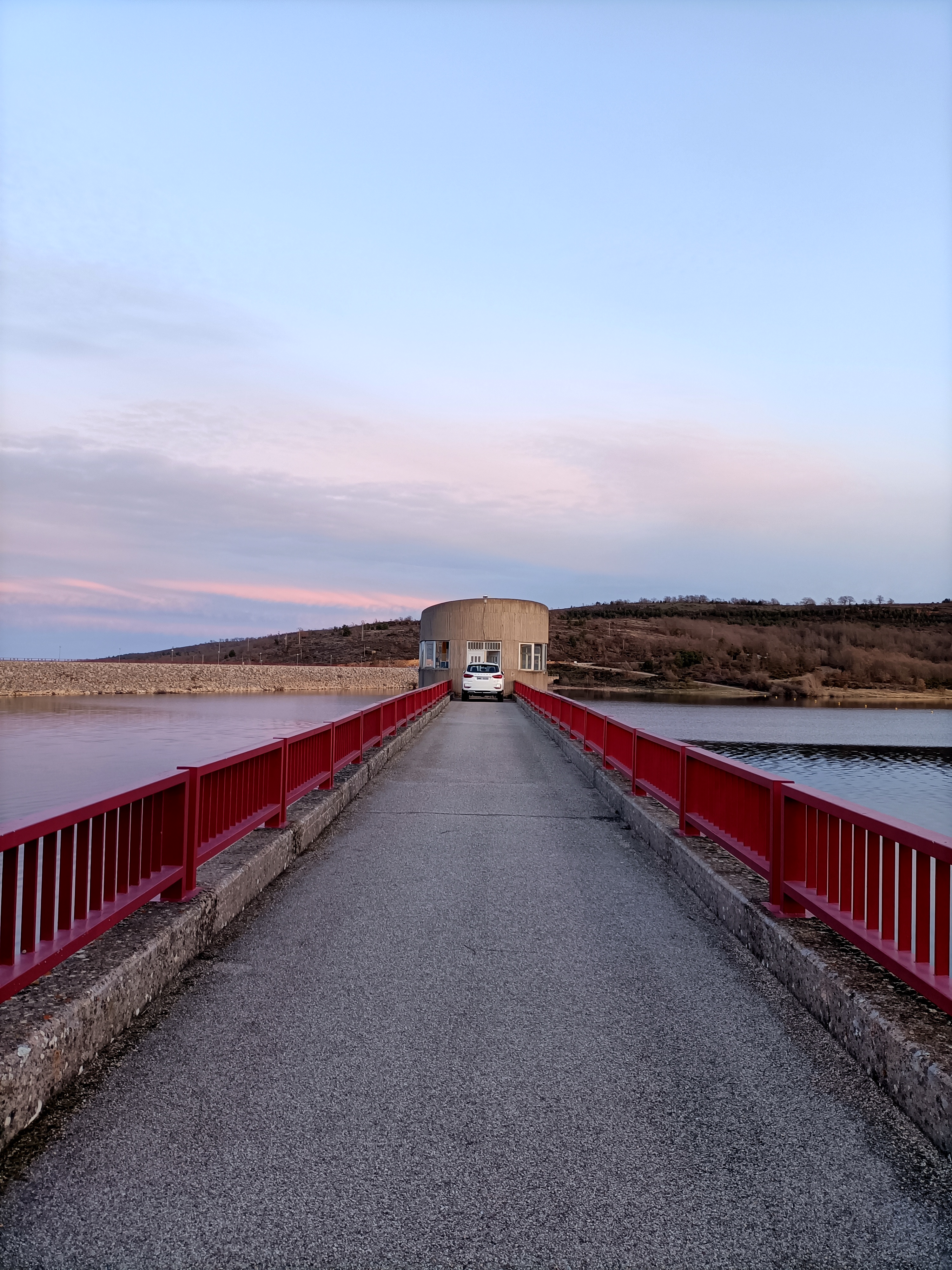WATER MANAGEMENT
Water flow generators: key to water management in Spain
29 DE JULIO 2024
Teresa Extremo Martín
Civil engineer | Linkedin
For any country, the management of its water resources is of great importance. And even more so for a country like Spain, where scarcity can be felt in many areas of the territory. In order to supply drinking water to the population, to obtain electricity or simply to irrigate, Spain has carried out projects for the construction of large regulation works, such as dams. These dams control the flow of water through riverbeds, thus mitigating seasonal variability, but they also hinder the movement of animals and sediment through riverbeds, modifying ecosystems.
The legislation requires that, in rivers and estuaries with a very high state of hydrological alteration, the flow regime be defined. This flow regime includes values such as maximum or minimum flow, frequency, duration or season of the year in which they occur. The criteria for defining and calculating each of these values are specified in the Hydrological Planning Instruction (IPH). In the case of permanent rivers, in those sections located downstream of important regulation infrastructures, such as dams, the so-called generating flow must be defined. The IPH defines the generating flow as the “flow that regulates the geomorphological structure of watercourses, preventing their progressive narrowing and colonization”. In other words, the generating flow is that which fills the channel without overflowing.

The generator flow release maneuver has been a great opportunity for “full scale” verification of the hydraulic models developed by IDOM

Flood flows in certain regulated river sections make it possible to control the presence and abundance of the different species in the water body; maintain the physicochemical conditions of the water and sediment; improve habitat conditions and availability through geomorphological dynamics, and favor the hydrological processes that control the connection of the river with its associated aquifers.
This component of the generator flow regime requires the owners of the dams where it is applied to release these flows at least once every five years, in case they have not occurred naturally during that period. Implementing this measure is complicated, since it is necessary to ensure that the flows do not cause damage to the Public Hydraulic Domain, infrastructures or existing human activities. For this reason, the IPH specifies that “the validation of the generating flow must be carried out through hydraulic modeling of the channel in a representative section of its structure and functionality, considering the floodability studies of the affected section, the current physical and biological conditions, its possible negative effects on environmental variables and the risks related to infrastructures.”

IDOM has performed the revision of the Dam Operation Standards for Sacyr Conservation, as the company awarded the contract for “Services for the support in the work of Operation, Conservation and updating of the safety documentation of the Dams and Ponds of state ownership” in the Duero Hydrographic Confederation (CHD). Among the activities carried out were hydraulic simulations to determine the damage flows of the Úzquiza dam located on the Arlanzón river, 25 km east of the city of Burgos. The CHD in its current Hydrological Plan (2022-2027) establishes that the generating flows are provisional until they are validated by means of a controlled release, that is, until this flow is intentionally released through the spillways of the dam into the riverbed. The hydraulic models made by IDOM served as support for the CHD in making the decision on the release flow, as well as for planning and monitoring the flood zones downstream of the dam.
On February 21, 2024, the CHD programmed the corresponding release of the generating flow at the Úzquiza dam. Prior to this operation, during the previous days, a larger volume of water than planned was progressively retained in the reservoir, in order to be able to release the planned volume on the scheduled day without affecting the reservoir’s reserves. The release is not abrupt, but is done progressively in steps until the calculated generating flow is reached, in this case 20 m3/s at the outlet of the reservoir. It took about an hour to reach this value, which was maintained for two hours, and then the water outlet was cut off again progressively. Throughout the day, the flooded area was checked at various points downstream of the dam.
In order to conduct this maneuver, the safety protocols established for flood situations were followed and in which the personnel of the basin organization participated, including the operation departments, River Guard, gauging teams, sampling teams and the Hydrological Planning Office, as well as representatives of other administrations and agents involved. Civil Protection was also previously notified in order to warn all the municipalities downstream of the dam that could be affected.

This maneuver has been a great opportunity for “full scale” verification of the hydraulic models developed by IDOM. At IDOM, we are committed to the protection of the environment and ecosystems, as well as to the sustainable management of water resources, working with dedication and responsibility to ensure a safe and prosperous future for our communities.



